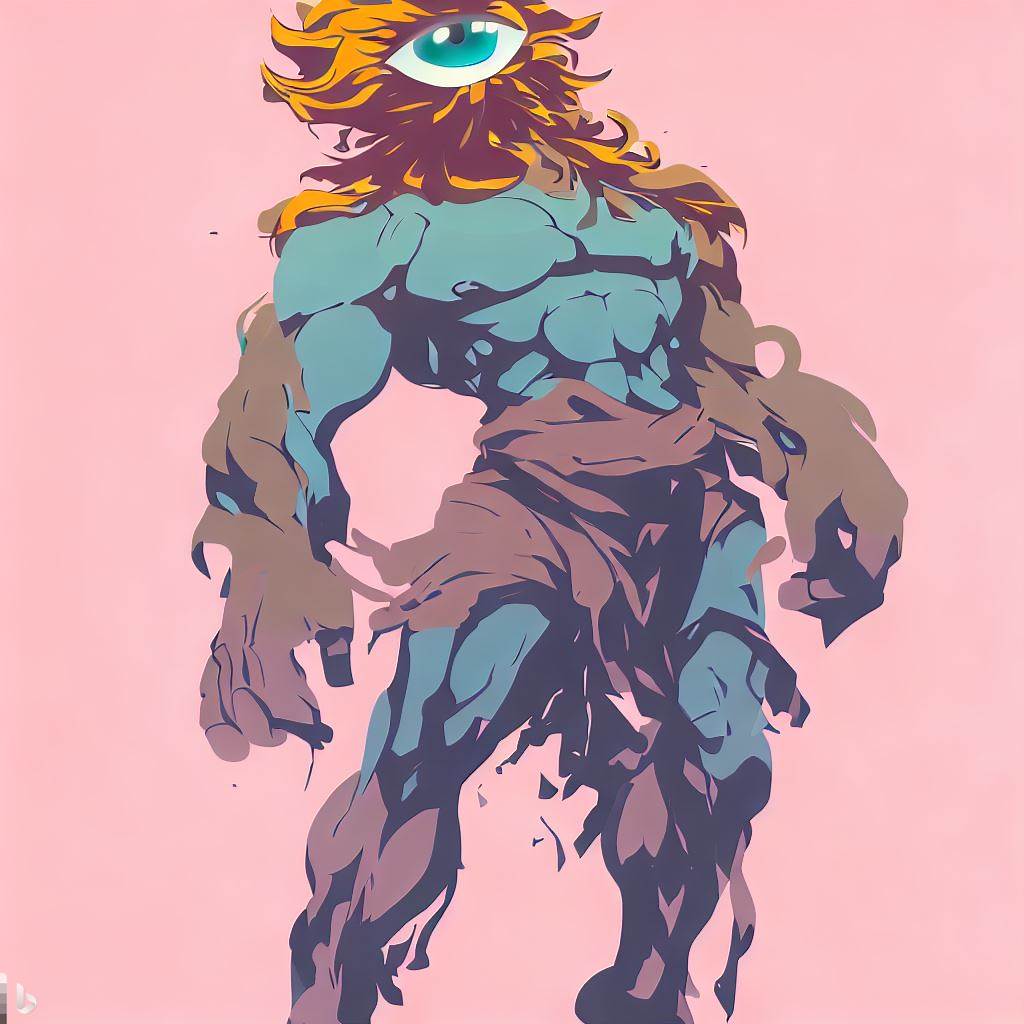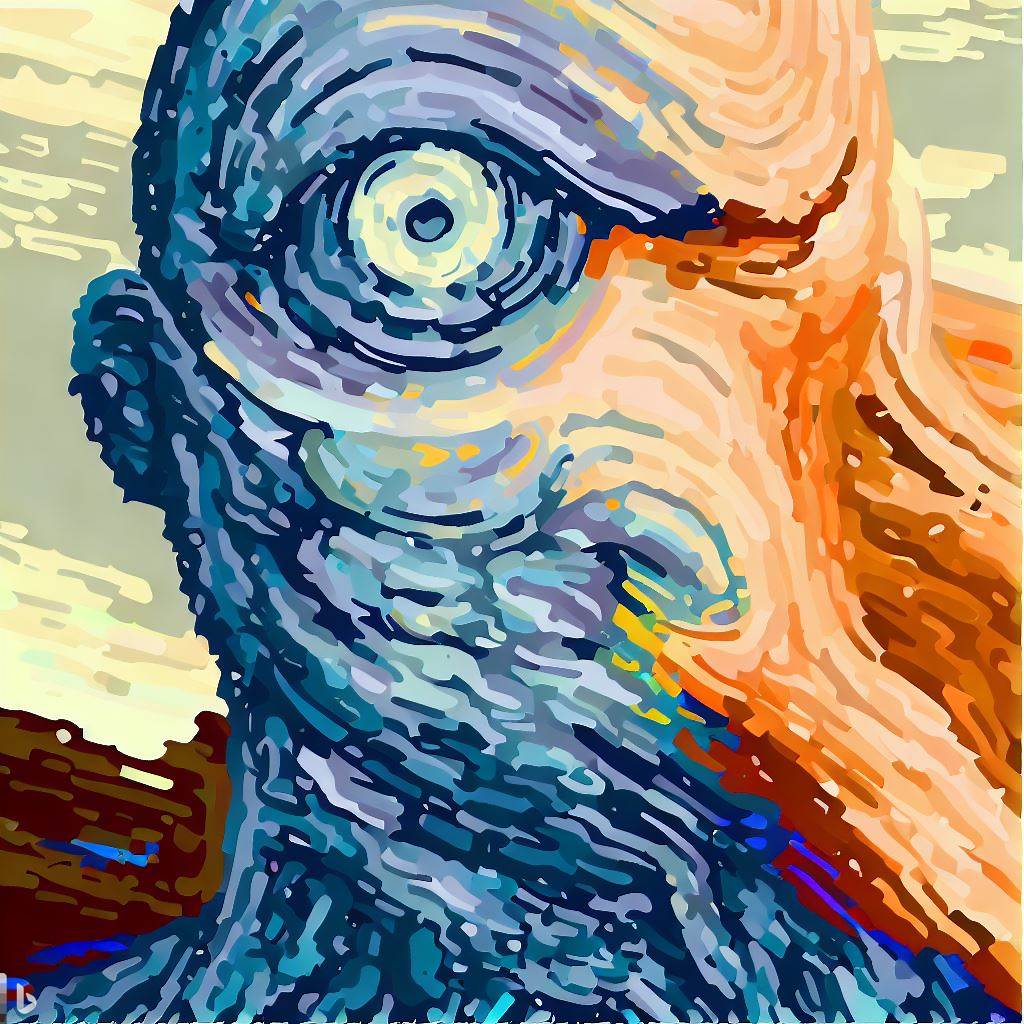The Cyclops, an Ancient Mythical Figure
Throughout ancient mythology, various legendary creatures have captured the imagination of people around the world. One such mythical figure is the Cyclops, a fearsome creature with a single eye in the middle of its forehead. The Cyclops has been depicted in numerous ancient texts and artworks, leaving a lasting impression on the collective consciousness of humanity. This essay explores the origins, characteristics, and significance of the Cyclops in ancient mythology.

The Cyclops is believed to have originated from Greek mythology, specifically in the works of Homer and Hesiod. In Homer’s epic poem, «The Odyssey,» the Cyclops is portrayed as a monstrous creature encountered by the hero Odysseus during his journey back home from the Trojan War. The Cyclops is described as a giant with immense strength, living in a cave and tending to his flock of sheep. The most striking feature of the Cyclops is its single eye, which grants it a unique appearance and serves as a symbol of its otherworldly nature.
The Cyclops is often associated with chaos and destruction. In «The Odyssey,» Odysseus and his men become trapped in the Cyclops’ cave, where they witness the creature devouring some of their companions. This depiction of the Cyclops as a cannibalistic monster highlights its savage and unpredictable nature. The Cyclops’ single eye is also symbolic of its lack of depth perception, representing its limited understanding of the world and its inability to see beyond its immediate surroundings.
Despite its terrifying reputation, the Cyclops also possesses certain qualities that make it a complex and multi-dimensional figure in ancient mythology. In some versions of the myth, the Cyclops is depicted as a skilled craftsman, capable of forging powerful weapons and tools. This creative aspect of the Cyclops challenges the notion of it being solely a destructive force, suggesting that there is more to this mythical creature than meets the eye.
The Cyclops has also been interpreted as a symbol of isolation and loneliness. In «The Odyssey,» the Cyclops lives alone in his cave, cut off from the rest of society. This solitude is further emphasized by the Cyclops’ lack of companionship and his primitive lifestyle. This aspect of the Cyclops’ character serves as a cautionary tale, reminding us of the dangers of isolation and the importance of human connection.
The significance of the Cyclops extends beyond Greek mythology and has influenced various aspects of art and literature throughout history. The Cyclops’ iconic single eye has been depicted in countless ancient sculptures and paintings, becoming a recognizable symbol in visual arts. Its presence in literature, particularly in works such as «The Odyssey,» has inspired countless authors to explore themes of heroism, survival, and the clash between civilization and the wild.
Anabasis Project Team

